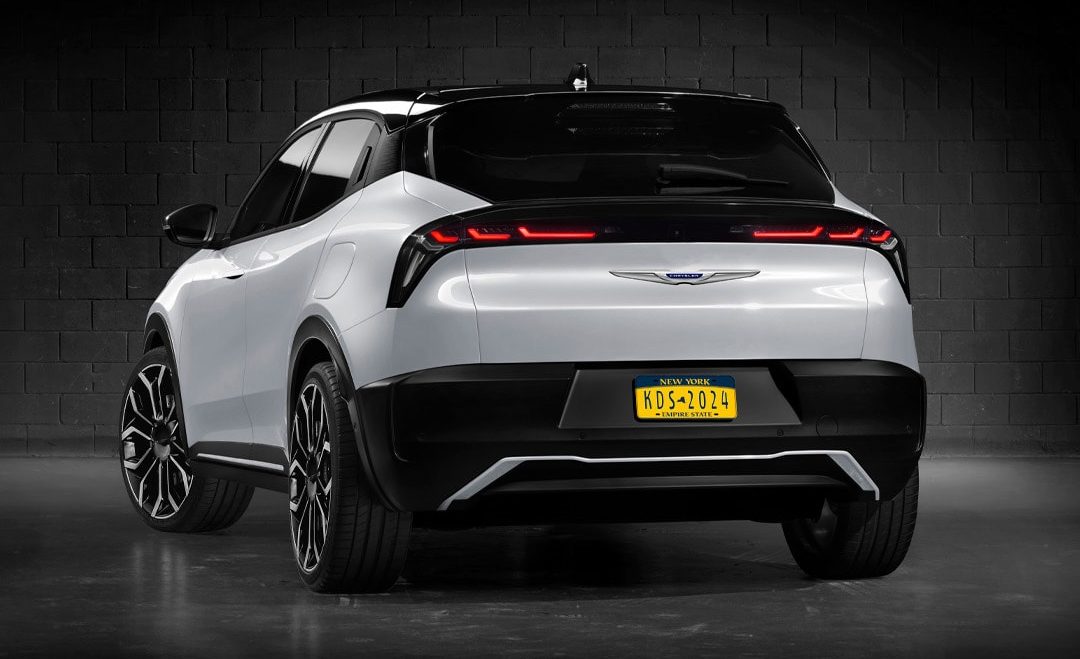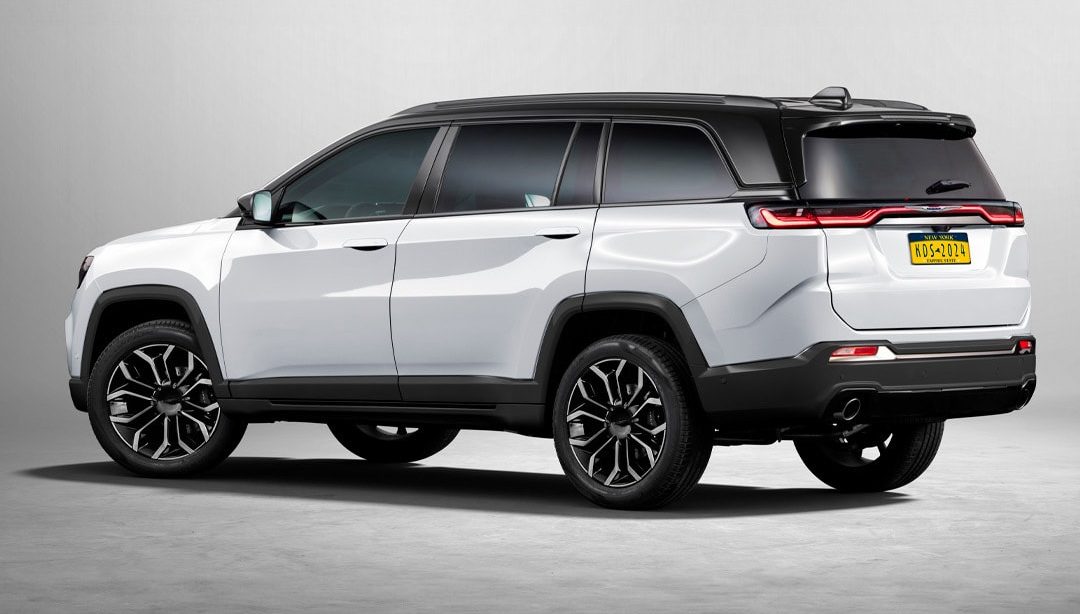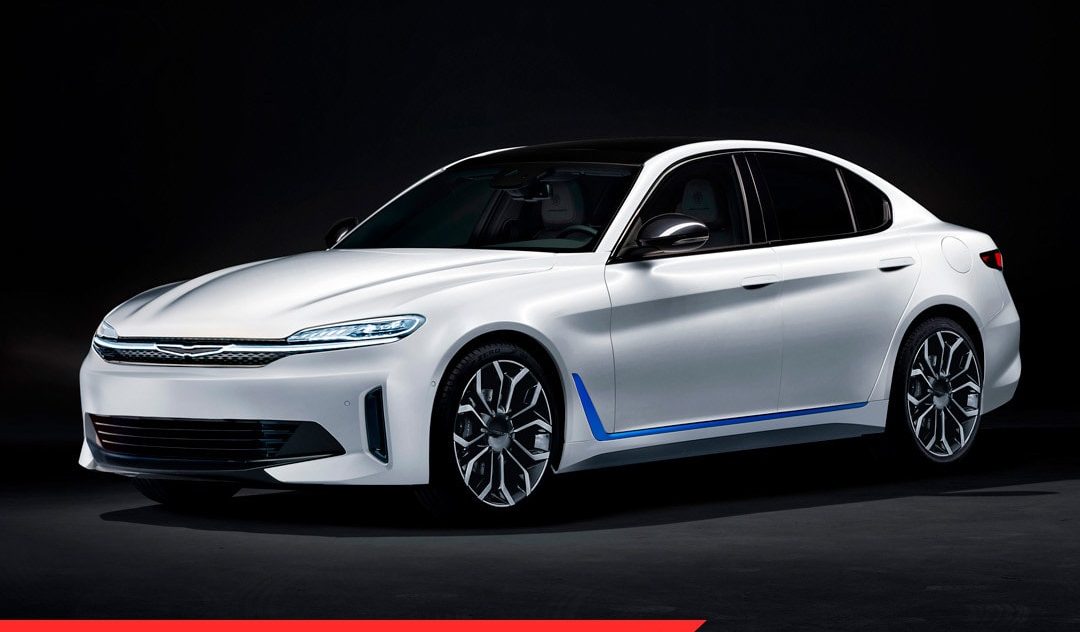Stellantis, the product of a 2021 merger between PSA Group and FCA, is facing significant headwinds. The company’s first-half net profit plummeted by 48% compared to the previous year, primarily due to faltering US sales. CEO Carlos Tavares attributed this poor performance to both industry-wide challenges and internal operational missteps.
The US market, in particular, has been a source of frustration, plagued by inventory mismanagement, production hurdles, and misguided sales approaches. Despite downplaying the impact of cost-cutting measures, Stellantis’s American brands appear vulnerable.

Dodge, for instance, struggles with the Hornet, a rebadged Alfa Romeo Tonale, while the highly anticipated Charger Daytona launch is delayed. Chrysler, once a powerhouse, now exists as a mere shadow with only the Pacifica minivan in its lineup, a segment in steady decline with limited competition.
Chrysler’s uncertain future has sparked a wave of digital creativity. Many believe the brand is on the brink of extinction due to Stellantis’ apparent neglect. However, digital artists are stepping in to propose potential lifelines. One such artist, KDesign AG, has envisioned a Chrysler revival through strategic badge engineering.

By transforming the Alfa Romeo Giulia into a Chrysler 300S with Airflow-inspired elements, and reimagining the Chrysler 200 as a compact crossover based on the Alfa Romeo Junior, the designer suggests a cost-effective path to product innovation.
Additionally, a radical departure from the minivan segment is proposed for the Chrysler Pacifica, transforming it into a rugged, seven-seat SUV based on the Jeep Commander and powered by the potent Hurricane engine.

